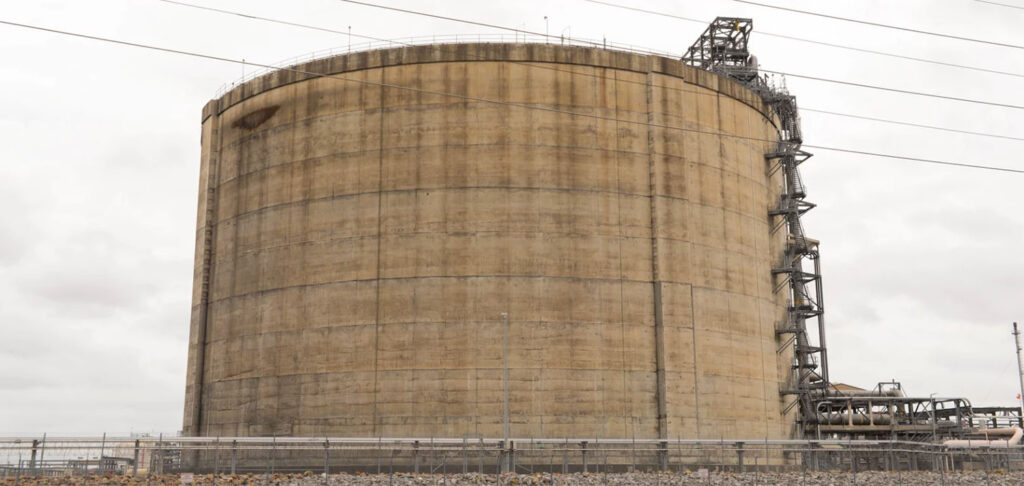
We are faced with a challenging conundrum: to meet Europe’s energy needs we may sacrifice meeting our climate goals. Due to the war in Ukraine and Europe’s commitment to forego Russian gas, President Biden pledged to send an additional 15 billion cubic tons of gas to Europe by the end of the year, possibly necessitating new construction.
Is the current infrastructure enough?
Industry groups agree Biden’s commitment can be met with the existing seven operational terminals, confirmed by an April report from the Institute for Energy Economics and Financial Analysis. But the US could not guarantee gas for longer time frames, and there are many with a vested interest in building new facilities.
But that comes at a tremendous climate cost. Just one of the largest facilities proposed, Driftwood LNG, would likely emit close to 10 million metric tons of greenhouse gases (GHG) per year, according to state permits. That’s equivalent to the GHG emitted by the entire country of Costa Rica.
Environmental justice concerns abound
“In southwest Louisiana, that buildout would follow decades of industrial development, that sends air pollution into nearby low-income or Black neighborhoods, says Roishetta Ozane, a local community organizer with the environmental nonprofit Healthy Gulf,” according to NPR.
After a year of back-to-back hurricanes, a strong winter storm, and a deluge of rain, locals have increasing concerns about how the terminal’s emissions are propelling climate change. “The folks right now are beginning to talk about climate change because they see all of this stuff happening so close together,” Ozane says.
Natural gas is likely to remain a key ingredient in switching to renewables
“Building new infrastructure without, you know, clearly getting rid of, or abating problems from the old infrastructure, that’s just going to make [GHG emissions] worse,” says economist Clark Williams-Derry with the Institute for Energy Economics and Financial Analysis. However, “we think the world’s going to need gas for a very long time.”
On the other hand, Ozane says that’s not what eco-justice communities like hers want or need, and she vows to continue the fight.
“Once it starts operating, now we have what, a 30-year commitment that the citizens here have to deal with?” Ozane says. “That crisis will long be over in Ukraine. And we will still be waking up every day with, to the flares, to the smells, to the smoke, to the threat of an explosion every day.”
